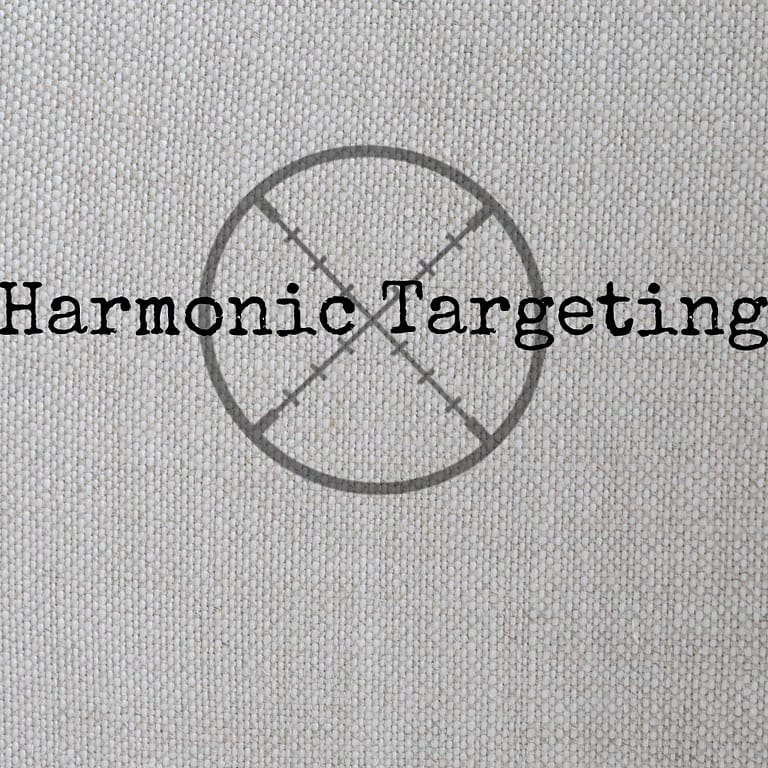Improv Tip Week #25-Intervalic Series-Triad Pairs 2
Welcome back to week #25 where we’re going to continue with our Intervalic Series and giving some more insight into triad pairs. If this is your first time visiting this site…welcome! I’d like to invite you to check out this week’s tip as well as other tips (1-24) that have been posted and take a look around. Also, if you’re a returning visitor…thank you and welcome back! I hope you’ve enjoyed these tips and find them beneficial to your playing! Let’s dive in to our second week of triad pairs…
Last week we opened up the discussion of triad pairs and I want to continue this week by giving you another practical way we can use them through the lens of targeting and give you a great exercise to work on to help get this sound deep in your ear.
First, let’s expand on the exercise that I gave last week. Last week’s exercise was simply playing up and down the triad pairs in their inversions. This week’s exercise is the same exercise (in a different key), but adding a chromatic half step (either above or below) to connect the different triad pair inversions. This exercise will get the sound of these triad pairs under your fingers and in your ears. If necessary, I suggest writing these out in the key areas that are not familiar to you. However, the best route is to play this exercise in all keys without writing them out.
Last week we looked at how we can use triad pairs over the ii-V-I progression. This week, we’re going to look at them over a different harmonic structure. We’re going to use the triad pair (F/G) over a Fmaj7(#11) chord. Triad pairs on the 4th and 5th scale degrees of a major scale/key area are great for using over diatonic chords. A Fmaj7(#11) chord is in the “key” of C, so we can use the F and G triads because they help define that chord’s harmonic structure. Below is a musical example mixed with the exercise above over a Fmaj7(#11). Notice how we’re targeting the “B” (or #11) in the second measure and how the added chromatic note helps us land on that note on beat 1:
By now, you should have a good grasp on how you can combine triad pairs and connect them with chromatic tones to land on notes that you’re targeting. You can use different triad pairs and types (major, minor, augmented, diminished, etc) that fit over various chords. Walt Weiskopf’s book, Intervalic Improvisation The Modern Sound: A Step Beyond Linear Improvisation has a great chart that shows different triad pairs and which one’s he feels best fit different harmonic structures. I highly suggest you check out his book. If you would like to add different chromatic targeting options and other targeting tools to your arsenal, I would suggest you check out my book, Targeting: Improvisation With Purpose by clicking on the link to the right or by going to Jason Klobnak Music.
I hope you’ve enjoyed this week’s tip and would appreciate your comments, thoughts or passing the info along to your friends and colleagues by using the buttons for Facebook, Twitter, LinkedIn, Google+ (or any other site you contribute to) below.
Thank you for taking the time to read this blog/post. As a thank you I wanted to give you a FREE MP3 from the JKQ. Simply click the button below and fill out the short form and you’ll have it in just a few short moments!








